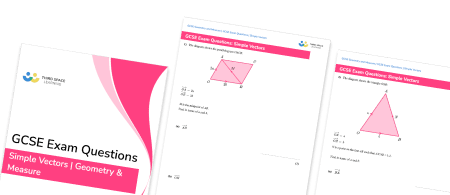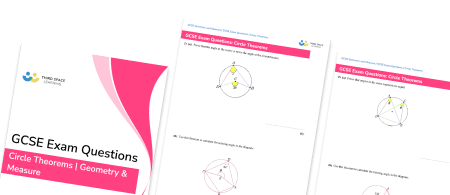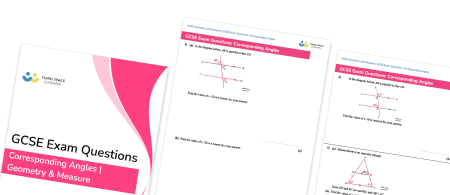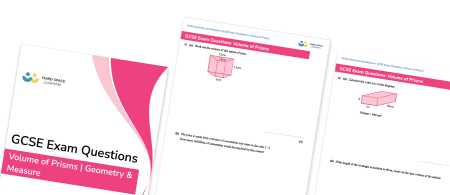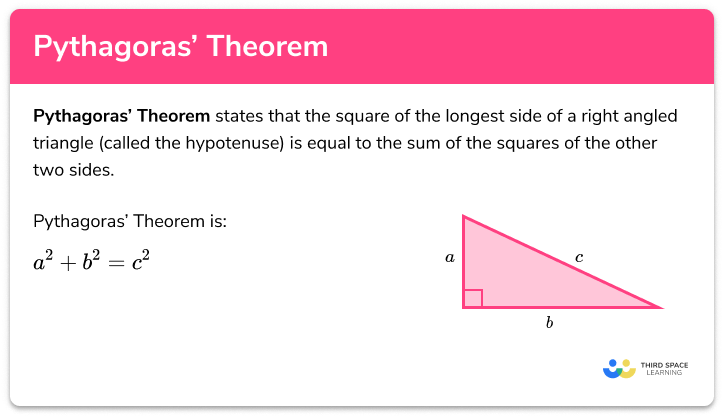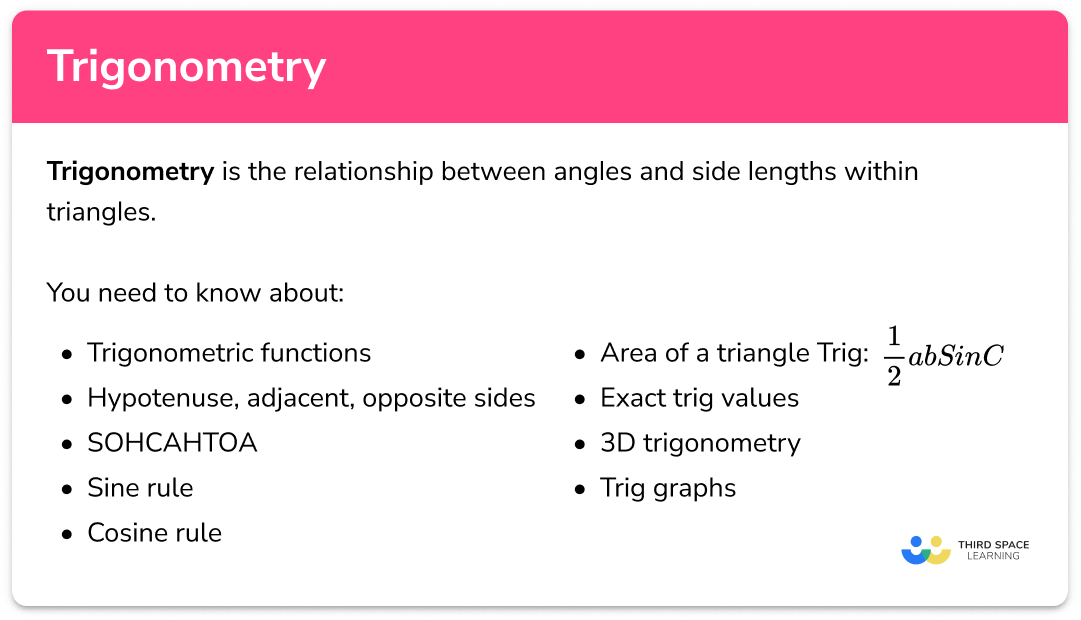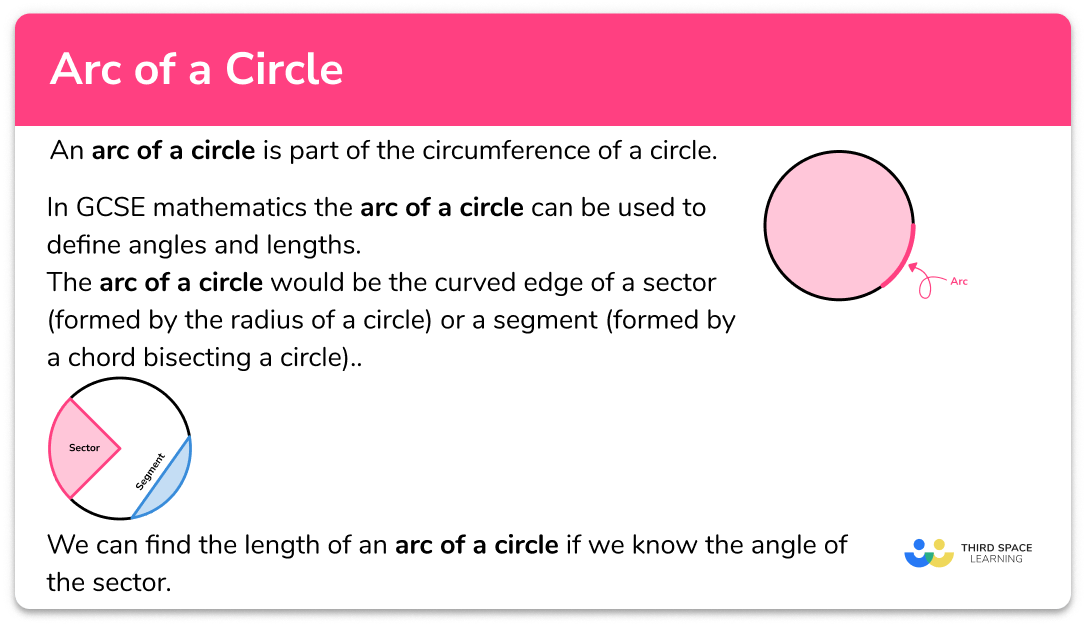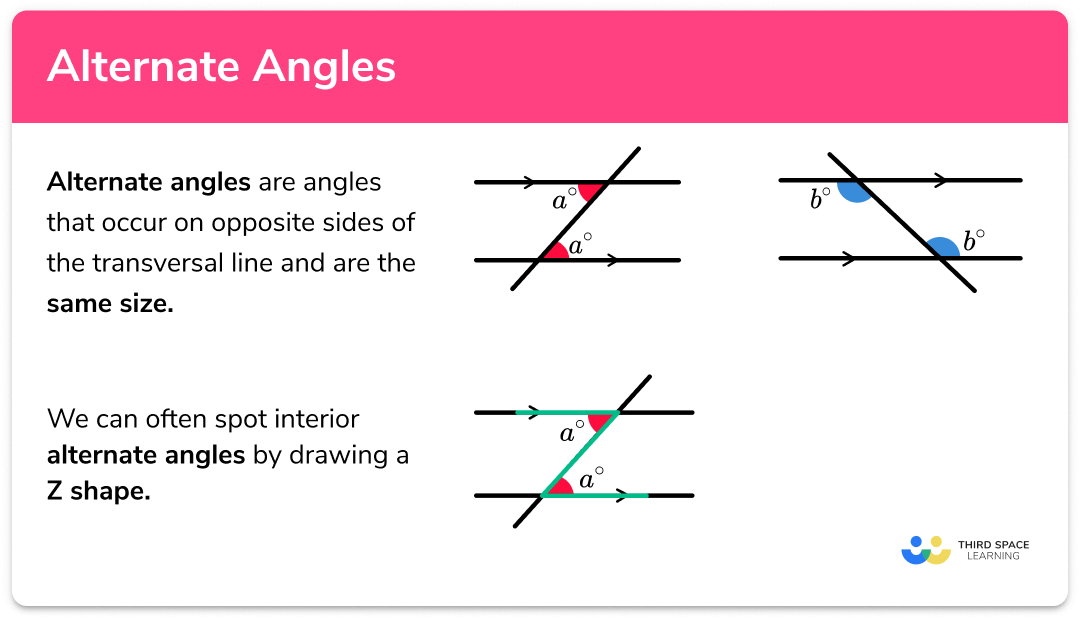FREE DOWNLOAD
Volume Worksheet

Help your students prepare for their Maths GCSE with this free volume worksheet of 44 questions and answers
- Section 1 of the how to create volume worksheet contains 36 skills-based volume questions, in 3 groups to support differentiation
- Section 2 contains 4 applied volume questions with a mix of worded problems and deeper problem solving questions
- Section 3 contains 4 foundation and higher level GCSE exam style volume questions
- Answers and a mark scheme for all volume questions are provided
- Questions follow variation theory with plenty of opportunities for students to work independently at their own level
- All questions created by fully qualified expert secondary maths teachers
- Suitable for GCSE maths revision for AQA, OCR and Edexcel exam boards
Volume at a glance
The volume of a 3D shape is the amount of space enclosed inside it. The units of measurement for volume are cubic units e.g. cm3, m3, mm3. A simple introduction to calculating volume is to use manipulatives to physically fill a 3D shape with unit cubes, then work out the volume by counting cubes.
The simplest volume formulae are for volume of a cube and volume of a cuboid; we multiply length, width and height together.
We can also work out the volume of prisms. A prism is a geometric shape with flat faces that has a constant cross-section. An example of a prism is a cuboid (known as rectangular prism), because the cross-section of a cuboid is a rectangle. Working out the volume of a rectangular prism in this way leads to the general formula for any prism: area of cross section length of the prism.
To work out the volume of other prisms, such as triangular prisms, it is important that students are confident with area formulae. A cylinder is not a prism, because it has curved faces, but the principle for working out the volume of cylinders is the same, calculate the area of the circular face, then multiply by the length or height of the cylinder.
There are also formulae for volume of cones, volume of pyramids and volume of spheres which are given in GCSE exams.
Students are also expected to work out the volume of compound shapes. A compound shape is made up of two or more simple 3D shapes. These may be presented as word problems or relating to real life scenarios, such as the volume of a storage silo made from a cylinder and a cone.
Care must be taken when working with decimals and students must only round their answers when they have completed the question.
Looking forward, students can then progress to additional geometry worksheets, for example a how to work out surface area printable worksheet or volume of prisms worksheet.

For more teaching and learning support on Geometry our GCSE maths lessons provide step by step support for all GCSE maths concepts.
Do you have students who need additional support?

With Third Space Learning's secondary maths tutoring programmes, students in Year 7-11 receive regular one to one maths tutoring to address gaps, build confidence and boost progress.
"My confidence in the tutoring is high. We've had some phenomenal results. I even had one girl get a Grade 8 this year; she came to every tutoring session."
Stacey Atkins, Maths Director, Outwood Grange Academies Trust

